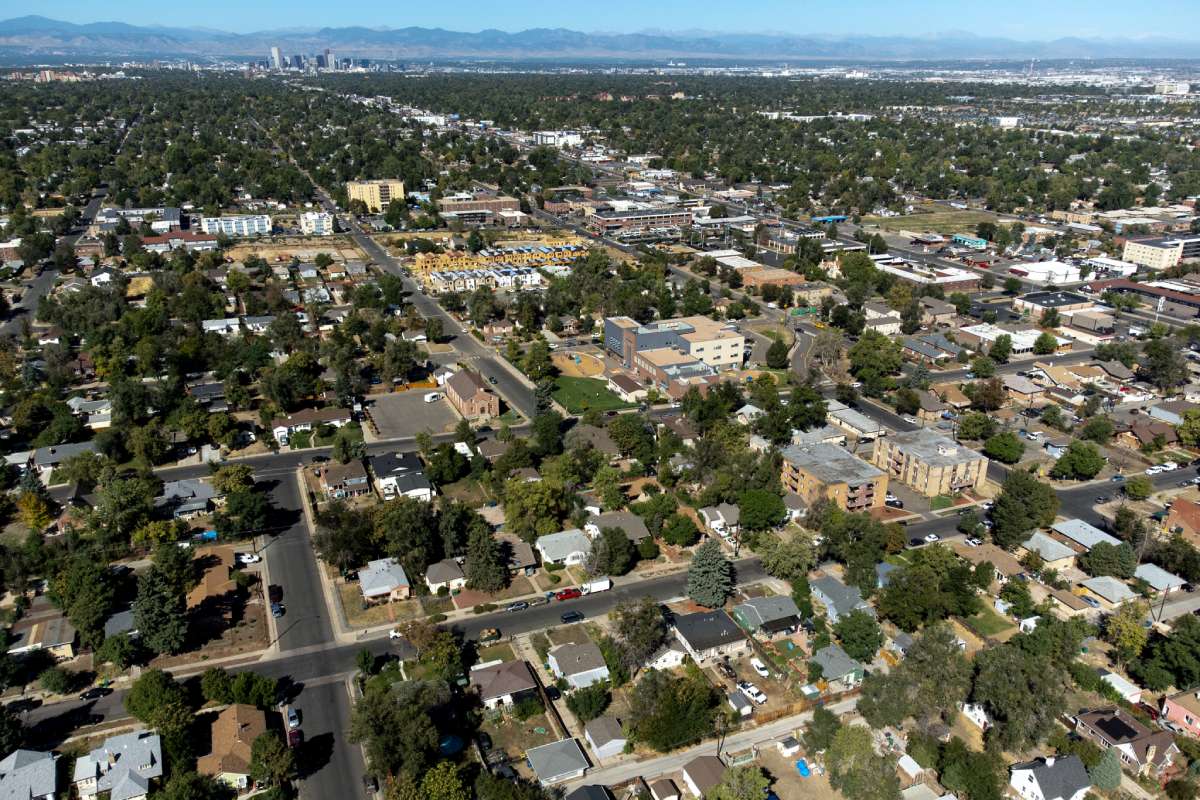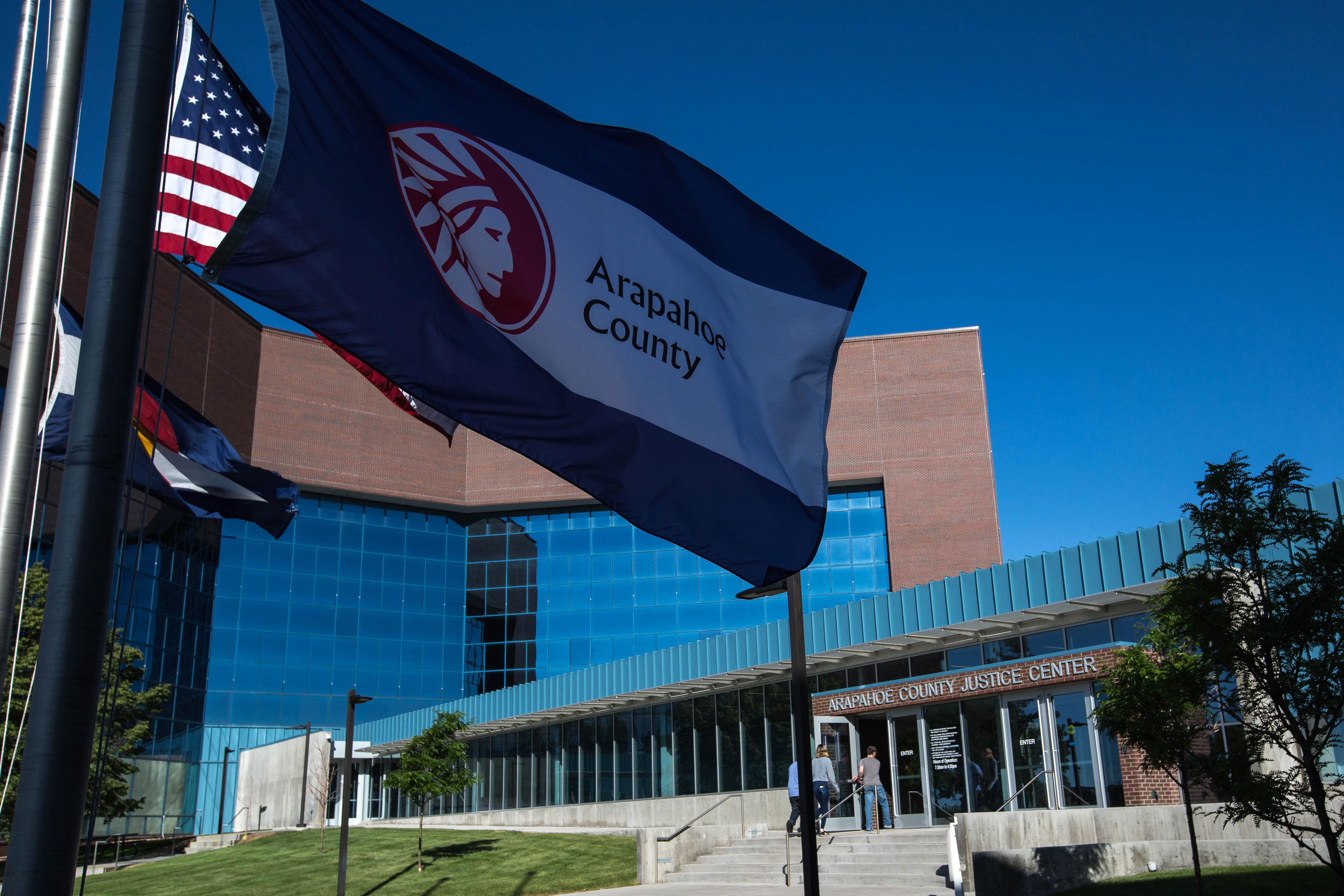A complex series of agreements govern the distribution of water throughout the state. Along the Colorado River, farms, cities & towns, and the recreation industry are all big players. But everyone takes a backseat to a tiny hydroelectric plant that’s over one hundred years old. It’s the Shoshone Generating Station, and it plays a critical role on the Upper Colorado.
A few miles east of Glenwood Springs is a popular launch site for rafters. It’s right beneath Interstate 70, and sits in front of an old tan brick building, set back into the canyon wall. Chances are, highway drivers might not even see this place. But it’s the reason the rafting is so good here all the time.
The plant has two nine-foot tall turbines, which were manufactured and installed in 1906 and are still humming along today. It's called the Shoshone Hydro Plant, and was built to harness Colorado River water and turn it into 15 megawatts of electricity. It’s the lynchpin of the river, according to Jim Pokrandt, Education and Outreach Specialist with the Colorado River District.

“Not because of producing electricity,” said Pokrandt. “But because it takes water to produce that electricity, and that water is supplied via a 1902 water right for 1250 CFS. That’s the biggest, oldest water right on the river.”
1250 CFS, or cubic feet per second, is a lot of water. It’s labeled “non-consumptive use,” which means the water is not taken out of the river to grow food or flush toilets. It flows onto the turbines and right back out—sustaining an important part of the local economy: rafting, kayaking and fishing. Maintaining that primary water right is critical to keeping flow levels adequate for the turbines, and to help create rapids.
Pokrandt says Shoshone also helps towns that draw water from the river-- because the high flows the plant requires helps keep the water cleaner.
“Silt, Rifle, Parachute and Clifton are all taking drinking water out of the Colorado River,” said Pokrandt. “The greater the flow, the less intensive you have to treat the water. “
Agriculture in the Grand Valley also benefits from Shoshone’s water right.
Mel Rettig is a vegetable and fruit farmer in Palisade, about 80 miles southwest of the Shoshone plant. Rettig says the higher flows due to Shoshone help keep salinity levels low.
“It just puts water in the river. Salt’s not good for our crops. With a lot of the salt coming out of the Glenwood Springs area with the natural salt water springs,” said Rettig, “the more water we have coming down the river and the more dilution we have and better water quality then.”
Some West Slope water irrigators who depend on Shoshone would love to buy the plant and its water right to protect the interests of the Grand Valley. A 15-megawatt output is small by today’s standards—modern power plants produce hundreds of megawatts. But Xcel continues to invest millions in maintenance at the plant and the utility says they have no plans to sell Shoshone or its water rights.
The Colorado River District’s Jim Pokrandt says that means Shoshone will continue to occupy a critical and unique place in Western Slope water.
“This little, old, two turbine, 15-megawatt 1905 vintage power plant in Glenwood Canyon,” said Pokrandt. “It doesn’t look like much but it’s a big dog on the river.”
Connecting the Drops is a year-long collaboration between Rocky Mountain Community Radio stations and the Colorado Foundation for Water Education. Find out more at YourWaterColorado.org.










